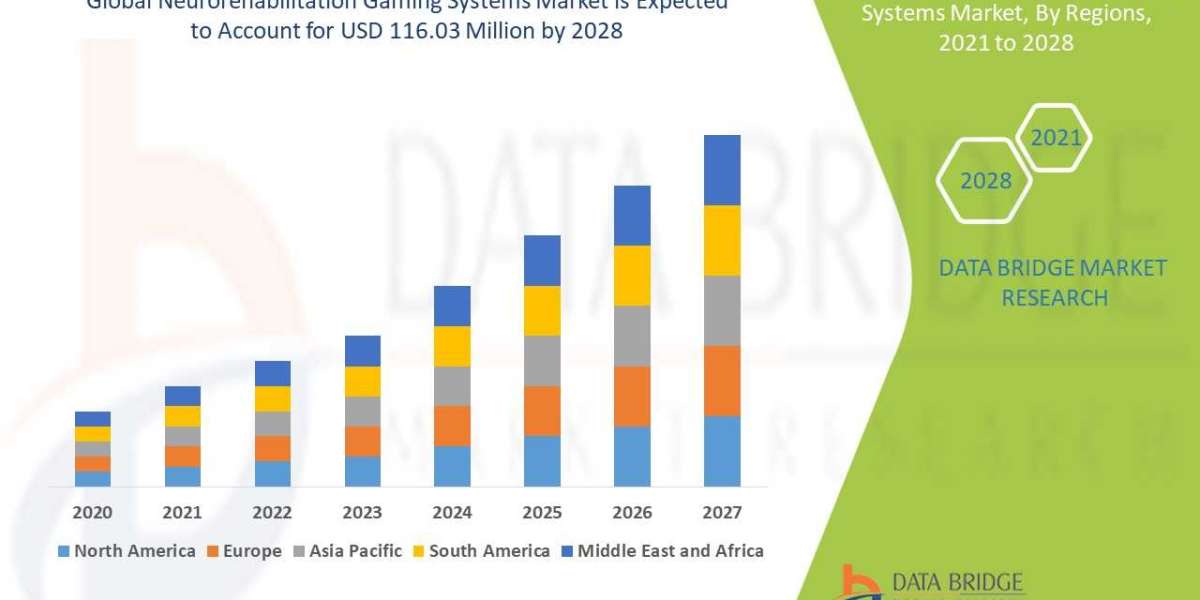In the ever-evolving landscape of medical technology, one groundbreaking innovation that has significantly transformed critical care is Extracorporeal Membrane Oxygenation (ECMO). ECMO is a life-saving technique that provides temporary respiratory and cardiac support to patients with severe respiratory or cardiac failure. Over the years, ECMO technology has undergone remarkable advancements, revolutionizing patient outcomes and leaving a profound impact on the global healthcare market. This article delves into the recent developments in ECMO technology and the consequent market effects. The extracorporeal membrane oxygenation machine market is estimated to grow from USD 283.07 million in 2022 to USD 393.64 million by 2028 at a healthy CAGR of 5.60% during the forecast period.
Understanding ECMO
ECMO is a specialized form of life support that operates outside the body, serving as an artificial lung or heart, allowing the patient's heart and lungs to rest and recover. The process involves removing blood from the patient, passing it through an oxygenator that adds oxygen and removes carbon dioxide, and then returning the oxygenated blood to the patient's body. Initially used as a last resort for critically ill patients with limited options, ECMO has now expanded its scope and is increasingly being employed in various medical scenarios.
Advancements in ECMO Technology
Miniaturization: One of the significant advancements in ECMO technology is the miniaturization of components. Smaller and more efficient pumps, oxygenators, and cannulas have been developed, reducing the invasiveness of the procedure and allowing ECMO to be used on smaller patients, including infants and neonates.
Improved Biocompatibility: Earlier ECMO systems sometimes caused blood clots and other adverse reactions due to the lack of biocompatible materials. With advanced coatings and surface modifications, modern ECMO systems have greatly enhanced biocompatibility, reducing the risk of complications and improving overall patient safety.
Pumpless ECMO: Traditional ECMO requires a mechanical pump to circulate blood outside the body. Recent innovations have led to the development of pumpless ECMO systems that rely on the patient's own cardiac output or spontaneous respiratory efforts, reducing the need for extracorporeal circulation and its associated risks.
Intelligent Monitoring and Control: ECMO technology has embraced the power of artificial intelligence and data analytics. Advanced monitoring systems now continuously assess the patient's condition, adjusting ECMO settings in real-time to optimize support and improve outcomes.
Portable ECMO: Traditional ECMO setups were confined to the intensive care unit due to their bulkiness and complexity. The development of portable ECMO machines has liberated patients from being tethered to hospital beds, enabling mobility and facilitating ECMO use during transport or in resource-limited settings.
Market Impact of ECMO Advancements
The advancements in ECMO technology have had a profound impact on the global healthcare market, affecting various stakeholders, including patients, healthcare providers, and manufacturers.
Improved Patient Outcomes: With ECMO technology becoming more sophisticated and less invasive, patient survival rates have significantly improved. Conditions that were once deemed untreatable now have a chance for recovery, leading to greater patient satisfaction and trust in healthcare systems.
Increased Adoption: As the positive outcomes of ECMO therapy gain recognition, the demand for ECMO services has surged. Hospitals and medical centers are increasingly investing in ECMO programs, and specialized ECMO centers have emerged to cater to the growing need for ECMO support.
Market Growth for ECMO Equipment: The evolving ECMO landscape has fueled substantial growth in the ECMO equipment market. Manufacturers are driven to develop cutting-edge products that cater to specific patient demographics, further driving innovation in the field.
Economic Implications: While ECMO technology has undoubtedly improved patient outcomes, its implementation comes at a considerable cost. The high expenses associated with ECMO therapy, including equipment, training, and maintenance, can place a burden on healthcare systems and impact healthcare expenditures.
Training and Expertise: As ECMO adoption increases, there is a growing demand for healthcare professionals with expertise in ECMO management. This has led to the development of specialized training programs and certifications, elevating the standard of care for patients requiring ECMO support.
Conclusion
Advancements in Extracorporeal Membrane Oxygenation (ECMO) technology have transformed critical care, offering a lifeline to patients facing life-threatening respiratory and cardiac failures. The miniaturization of components, improved biocompatibility, pumpless ECMO, intelligent monitoring, and portable ECMO have collectively revolutionized the field. Consequently, patient outcomes have improved, leading to increased adoption of ECMO services and a thriving ECMO equipment market. As the technology continues to evolve, it is crucial to strike a balance between its benefits and the economic implications, ensuring that ECMO remains an accessible and viable option for critically ill patients worldwide.






